 Manchester, England and Braids 2012…was that really only ten days ago?
Manchester, England and Braids 2012…was that really only ten days ago?
I have been scooting about the countryside around Cambridge staying with several members of the Peruvian Textiles Study Group, a group within the Cambridge Guild of Weavers Spinners and Dyers.
So many wonderful outings and gatherings had been arranged for my visit by the ladies in the Cambridge Guild that I had to remind myself that the real reason I was here was to talk about “Weaving on Simple Looms in South America” last Saturday which was followed on Sunday by a one-day backstrap weave-along.
In the meantime, this city girl got to stay on the farm of Sue and Robert in Perry Green, Much Hadham at the tail end of the wheat crop harvest and take part in, or at least watch, some of the day-to-day activities that surround the raising of sheep.
What things did I learn along the way?….number one: it is much nicer to wake up to a “MOO” rather than an alarm clock…Here is the view from my bedroom window.
I asked if I could go along and watch the sorting of the lambs and was relieved for my own sake to learn that lambs are way past that cute and adorable stage by the time they are ready to be shipped off to market. It was fun watching Wallace the border collie sheep dog at work.
I also learned that “classic” lamb-dotted English countryside can have some unexpected back drops…
Sue and Robert’s lambs get to hang out in a field along with a reclining figure created by English sculptor and artist Henry Moore.
A few days later I was off to Norwich and then the seaside to be the guest of Frankie and Nick. Frankie is the main contact of the Peruvian Study Group. She guided me around Norwich and Strangers’ Hall which dates back to 1320 to learn about the history of the city’s textile industry, the “Strangers” who were textile workers from the Spanish Netherlands invited in the mid 1500s to settle in Norwich and share their textile skills, the madder markets which were responsible for the particular shade of color used in many of the woven pieces known as “Norwich red” and the amazingly large and exquisite Norwich shawls.
So, there was much to be learned there. And what else did I learn?….pretty beaches don’t necessarily have to have golden sand…
This beach just down the road from Frankie’s home is covered with lovely round pebbles of flint, a material that has been used in the construction of local homes for centuries. The gentle evening scene pictured here turned into one of fury the very following evening after a storm blew through. Tremendous crashing waves and a howling wind made it impossible for me to photograph the scene. I simply could not hold my camera still against the strength of the wind.
Below you cam see how flint pebbles have been used in different ways to build local homes.
 A sign of wealth was the ability to have one’s home built with “knapped flint”, that is, flint pebbles that have been cut and smoothed and shaped into squares.
A sign of wealth was the ability to have one’s home built with “knapped flint”, that is, flint pebbles that have been cut and smoothed and shaped into squares.
 Another thing I learned….bird watching, as I had suspected when I hung out with some bird enthusiasts on one of my trips to Antarctica in the 1990s, is fun!
Another thing I learned….bird watching, as I had suspected when I hung out with some bird enthusiasts on one of my trips to Antarctica in the 1990s, is fun!
I had thought at the time that I could probably get into this activity one day in the future and I got the opportunity to find out if it really is something I would enjoy when Frankie took me to Cley-on-the-sea which is a premier bird- watching site in the UK.
People either love or loathe this Norfolk scenery, Frankie told me.
It was a fairly bleak and chilly day but ever so interesting strolling about looking for birds and watching them through high powered binoculars discovering a whole other secret world of activity going on within the reeds.
We visited the lovely town of Holt for some shopping and then spent the evening in Norwich where we saw Diane Ashley-Smith’s exhibit of work for her Master of Fine Arts degree. Diane is yet another member of the Peruvian Textile Study Group and she and husband Jonathon hosted me in Cambridge before and during my activities with the guild over the weekend.
But, even before the weekend activities could start, I got a guided tour of Cambridge University with Frankie who has studied there.
I have to admit that although I knew that I was going to be taken around by Frankie, I did not do any reading about the university prior to this trip at all. I simply did not have time. Nevertheless, you can’t help but be completely blown away by the sheer majesty of the place. How much more it must all mean to someone who has taken the time to read about and absorb a bit about the background of the buildings and their history beforehand. Frankie was a wonderful guide and I tried hard to take it all in…overwhelming, astounding and mind-blowing! Above is a view along the stretch which takes you along “The Backs” of several colleges with the grassy areas that cover both banks of the river Cam with the punts and grazing longhorn cattle.
 The river, the bridges, the arches, the courtyards, the cathedrals and chapels both inside and out, the fine architectural details. I will let the pictures speak for themselves…
The river, the bridges, the arches, the courtyards, the cathedrals and chapels both inside and out, the fine architectural details. I will let the pictures speak for themselves…
I don’t have any special photo-shopping programs so, this is my very basic attempt at a panorama shot….
Of course, this is just a tiny selection of pictures…
What you might wonder when next I show you one of my backstrap woven pieces with large solid black-and-white stepped diamond motifs in perhaps double weave or warp ikat, is whether my inspiration came from a woven Mapuche poncho or from the floor of the chapel of Clare College at Cambridge….
The next treat was the guild meeting and for me it was wonderful! I was given all the time in the world to talk! As it was not one of the regularly scheduled meetings, only those who had a very specific interest in the topic of my talk attended and so I was able to add a lot of material that I don’t normally show to more general audiences. I had a lot of fun with that. I also got to meet up once again with some familiar faces from Braids 2012 and meet some Weavolution and Online Guild members face to face.
And then came the weave-along…only one day…so, super intensive!
Frankie’s daughter Katie had learned some backstrap weaving techniques on a visit to Peru and so, although she is not a member of the Study Group, she joined the more experienced weavers in creating complementary-warp pick-up patterns on wide warps. We used a yarn which I knew would encourage and train the participants to practice good shed-opening techniques. I really feel that they will be able to confidently take on most kinds of yarn after their experience with the warp thread we used in class.
Things did not come together straight away and, of course, no one can expect them to. I was really amazed how a good lunch break recharged the batteries and it was such a joy to see how well everyone was working with their warp after the break. Beautiful patterns started to appear and I do hope that everyone will keep the momentum going and finish this piece soon.
Above you can see Frankie and Sue at work on their wide warps. We were lucky to have bars on the doors to which we could attach the looms which also provided a place with good natural lighting for doing the pick-up.
This was a group of mixed levels and here you can see Beth who a beginner alongside Diane, a more experienced backstrap loom weaver.
 This was a rare chance to work with ladies who have been studying Peruvian textile techniques for the last few years. They have worked on gauze weaves, complementary-warp pick-up, cross knit looping and tubular bands. Four beginners weavers joined us that day too and so we had a nice group of ten of mixed abilities working pebble weave on narrow bands and other complementary-warp pick-up techniques on wider warps.
This was a rare chance to work with ladies who have been studying Peruvian textile techniques for the last few years. They have worked on gauze weaves, complementary-warp pick-up, cross knit looping and tubular bands. Four beginners weavers joined us that day too and so we had a nice group of ten of mixed abilities working pebble weave on narrow bands and other complementary-warp pick-up techniques on wider warps.
As I work with more and more beginners, I create the opportunity to one day be able to create groups of weavers who are ready for more advanced techniques using perhaps finer yarn and wider warps. It was wonderful seeing how the group of six more experienced backstrap weavers took to the wider warps and the pick-up methods that I showed them. The four beginners wove elements of Andean pebble weave patterns without the aid of the two sets of string heddles. By afternoon, their fingers were quite used to picking up and handling the threads and some were more than ready to start improvising their own designs using the basic pattern elements that we had been practicing and analyzing.
Now I am back with Sue and Robert on the farm. While I hear tractors rumble by and sheep baa-ing I am here tapping away at the computer on my last day in Hartfordshire. Tomorrow I am off to The Netherlands to weave in the studio of Marijke Van Epen.
Yesterday was a gorgeous English summer day and I learned a few more things…
I learned that Bolivians are not the only ones who like to use outdoor clay wood-burning ovens. Pat invited us over to make our own pizza in the oven she built herself and enjoy her home made icecream. I helped bake bread in the oven above left when I studied with a weaver in Candelaria in the central Bolivian highlands.
Other things I learned…
 I learned that not all tomatoes are red. All these colored tomatoes come from Pat’s greenhouse. I learned yet again that people in England create the most beautiful and useful gardens. Above you can see Pat and Sue examining Pat’s flax crop for this year. Sue also grows flax and has woven a towel with the product of her own plants which she processed, spun and dyed. Pat also has an extremely lush-looking crop of Japanese indigo.
I learned that not all tomatoes are red. All these colored tomatoes come from Pat’s greenhouse. I learned yet again that people in England create the most beautiful and useful gardens. Above you can see Pat and Sue examining Pat’s flax crop for this year. Sue also grows flax and has woven a towel with the product of her own plants which she processed, spun and dyed. Pat also has an extremely lush-looking crop of Japanese indigo.
Lucky me, I will back with Sue to learn more after The Netherlands….you have to see her adorable finger puppets and other figures she has made with multi-color cross-knit looping.
One thing I hope to never learn is to tire of being completely charmed by the English houses and gardens. I suppose I will eventually stop wanting to photograph every single one of them. Here to finish are a couple of scenes of the main street of the village of Much Hadham…
On to Holland tomorrow…!
















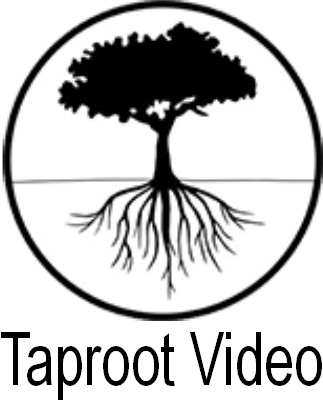
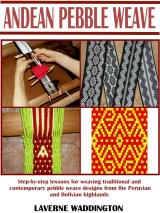
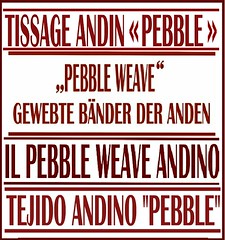
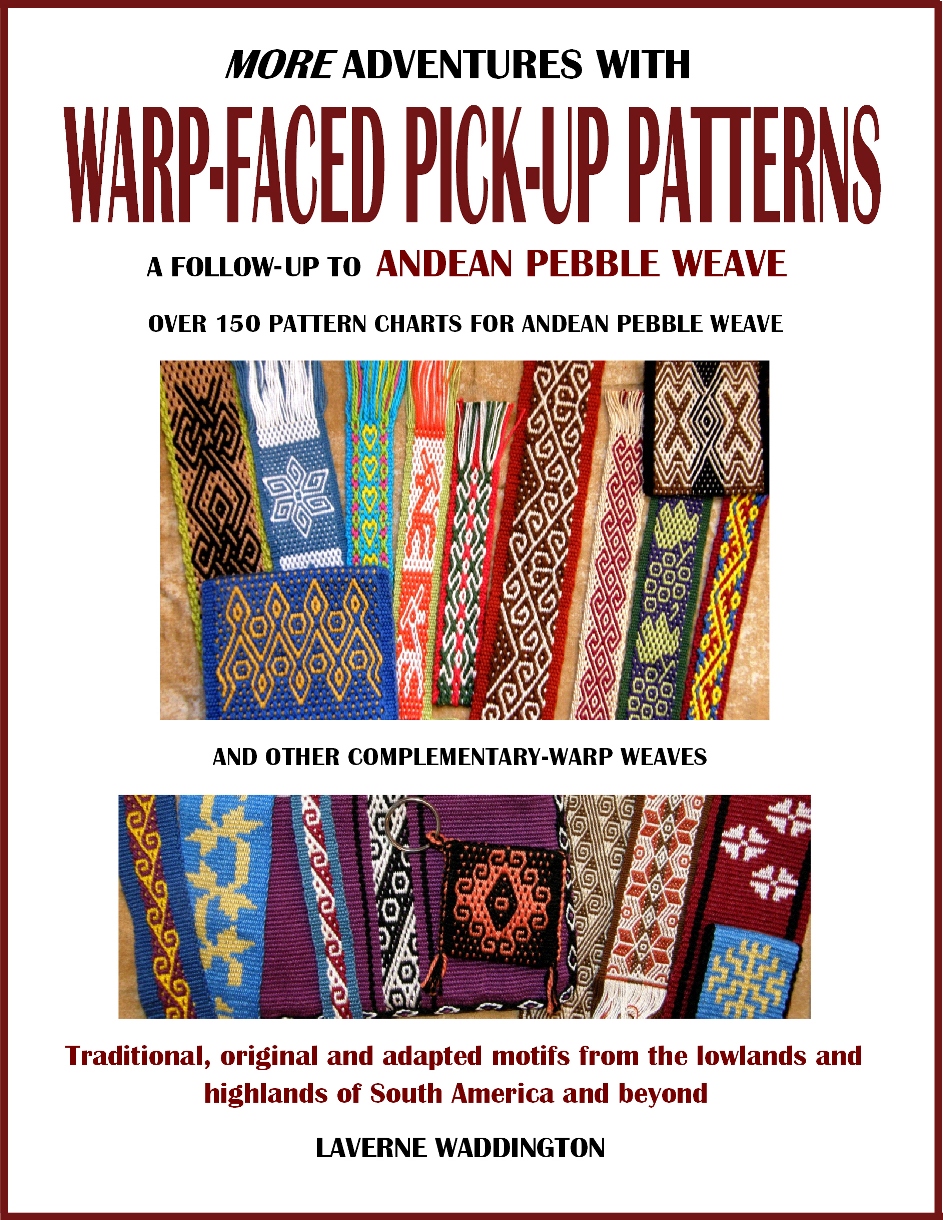
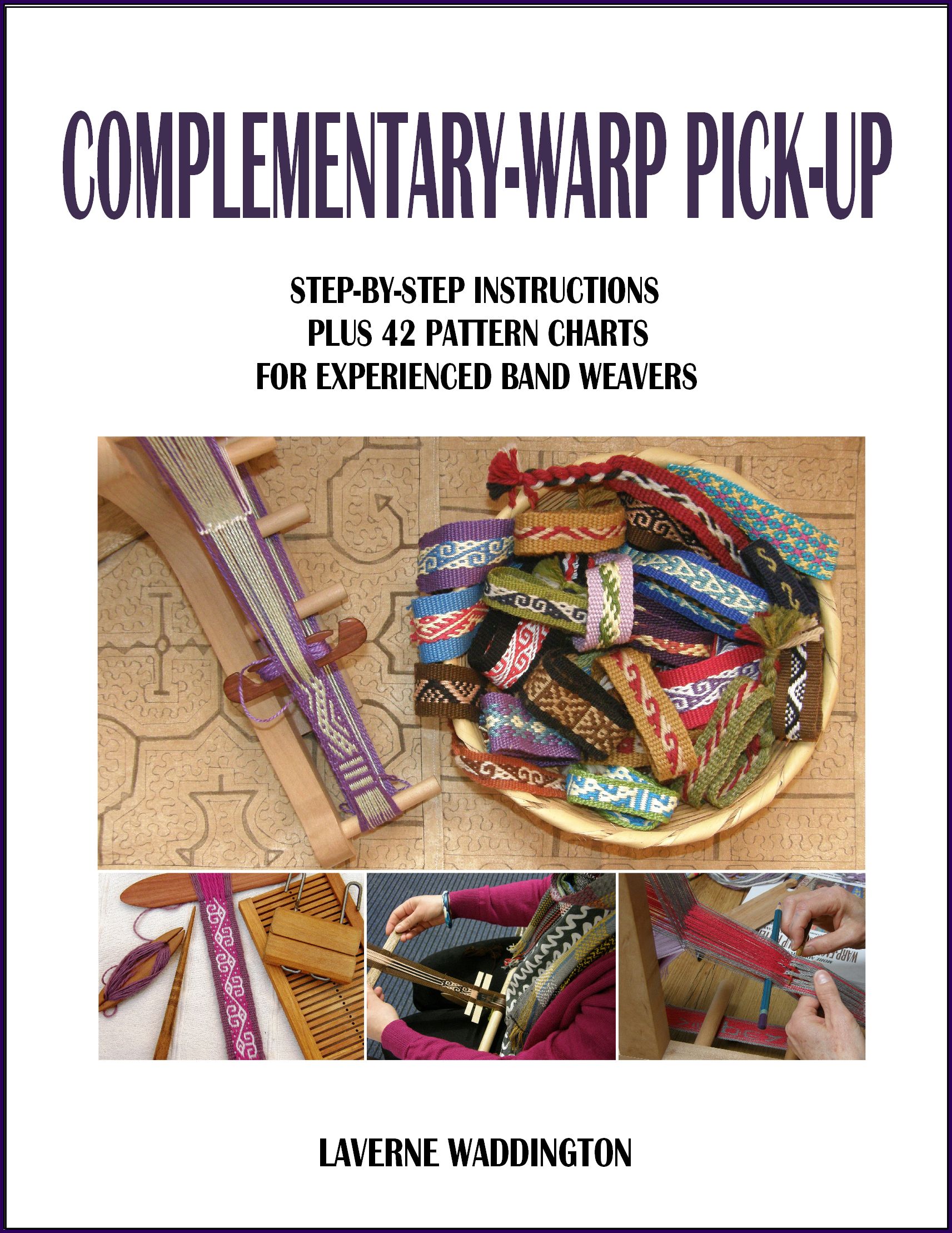
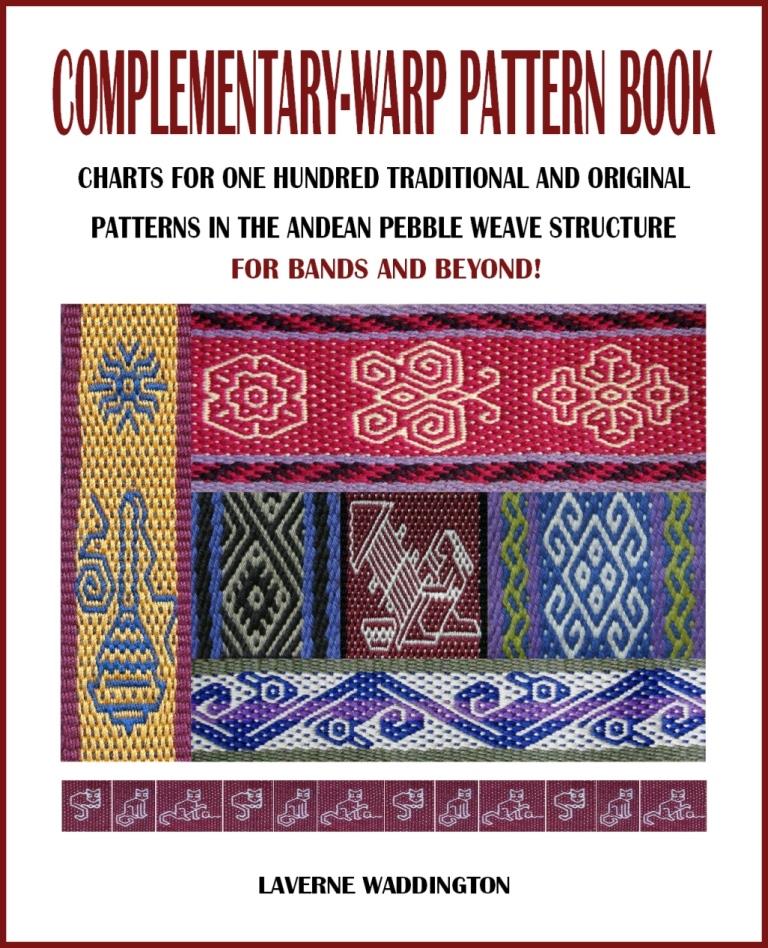
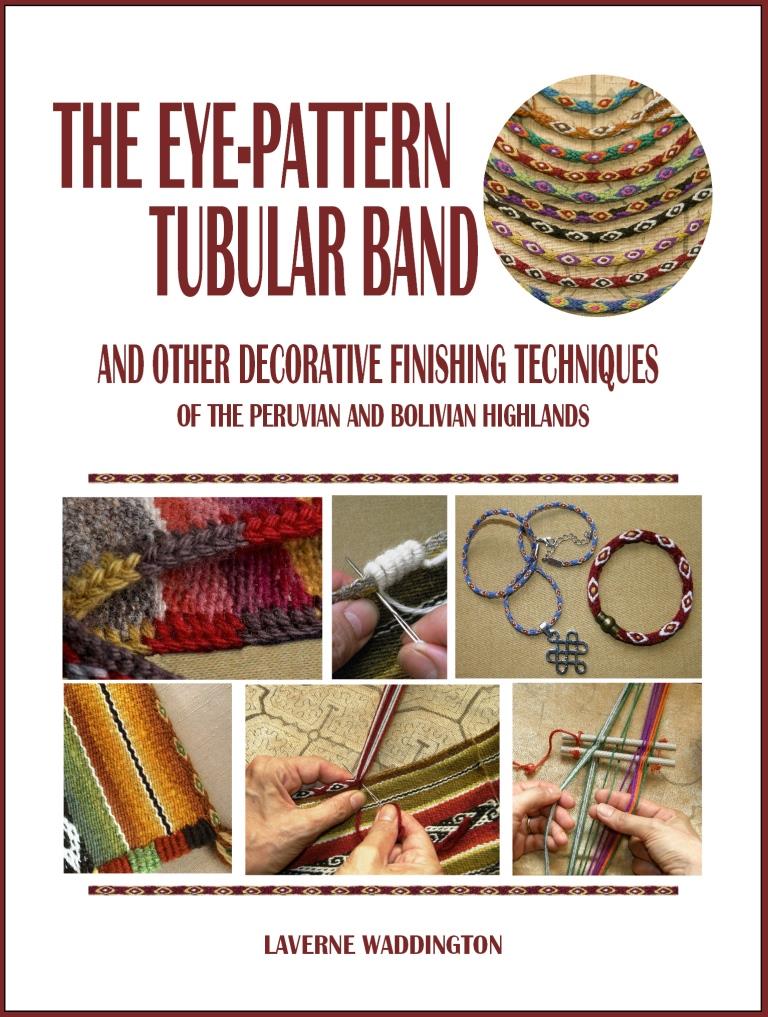
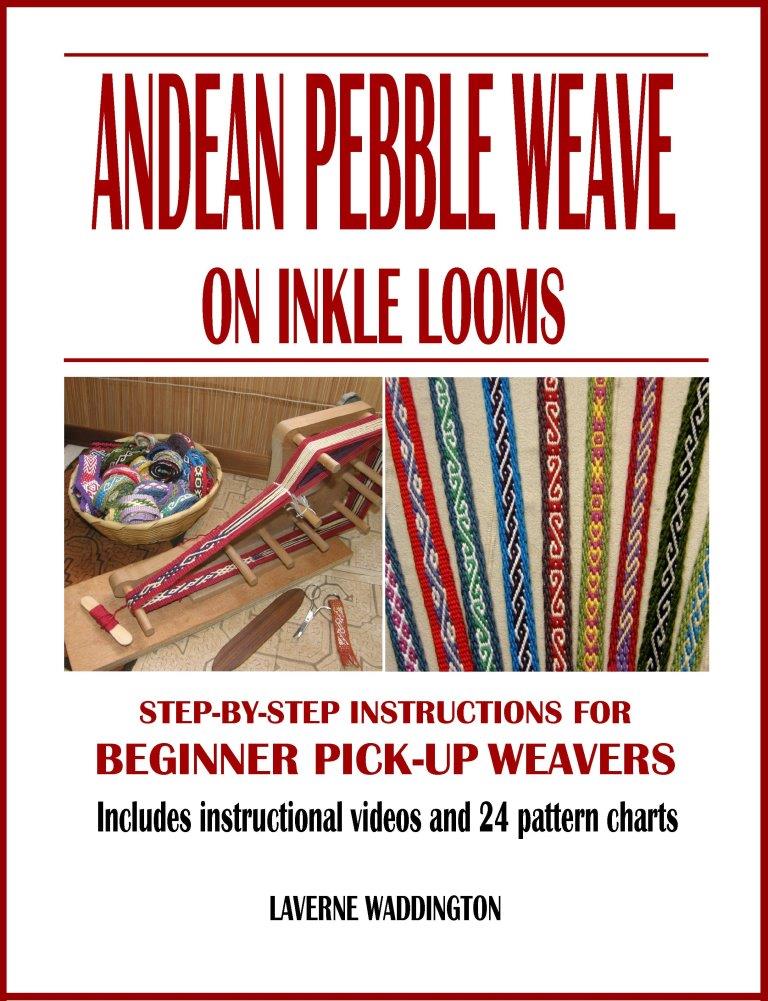


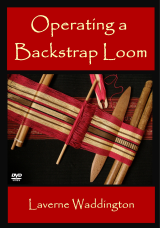
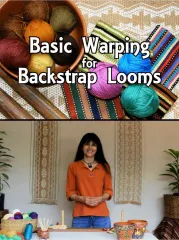

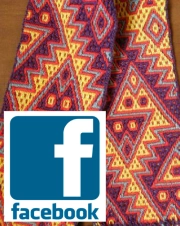





I really enjoy traveling with you. Thanks for the journey.
By: Elizabeth on September 4, 2012
at 11:27 pm
Dear Laverne,
Lovely photos of your time in the UK. Funny to find that Mapuche poncho in a chapel in Cambridge!
It feels a bit weird that you are in the Netherlands now, and I’m in Oz. Wish I could have joined…
I hope you’ll be meeting Mirja and lots of interesting people, and that the dutchies treat you well.
cheers from rainy rAdelaide
By: anna on September 5, 2012
at 4:01 pm
Hi Laverne, I just got home, finally got to catch up with your blog. I’m glad everything went so well! It was so great to read your Manchester post and see all the photos, really captured the fun and the focus. And I love the photos in this post…Cambridge university, the farm, the houses…The Henry Moore statue in the sheep pasture! I just saw one outside Edinburgh’s modern art museum–I assume a more typical setting, but who knows? Now I wonder if maybe they are lying all over the English countryside…
Have a great time in Holland!
By: ingridcc on September 6, 2012
at 4:07 am
Laverne, thank you for this beautiful journey! Have a nice time in Holland!
By: Jeanne on September 6, 2012
at 1:49 pm
[…] make it an interesting example of artwork images – definitely not a record shot.(Seen on: Backstrap Weaving .(Click the image to see full […]
By: Artwork images - record or new art? - Photokonnexion on May 29, 2015
at 11:50 pm